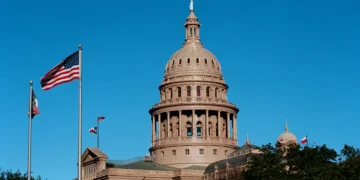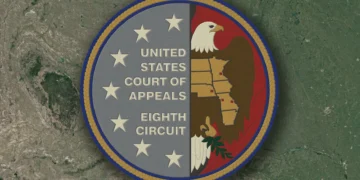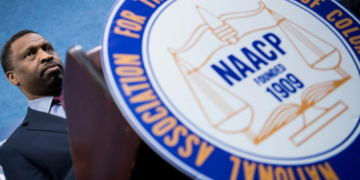May 6, 2025 Story by: Publisher
State legislators, city officials, school district representatives, and the local NAACP chapter convened this week to address longstanding concerns over how high school students are transported to and from school in Dayton.
The meeting, held in April 2025, produced several short‑term proposals but underscored the need for sustained collaboration to overhaul what stakeholders described as an “outdated” system.
“It’s not about being in downtown Dayton,” Tom Roberts, Second Vice President of the NAACP Dayton Unit said. “It’s about getting our babies from home to school, from school to home in a safe way”.
Participants included State Reps. Phil Plummer, Desiree Tims, and Andrea White; Dayton Mayor Jeffrey Mims; Greater Dayton RTA officials; Dayton Public Schools administrators; and NAACP Dayton Unit President Derrick Foward and Second Vice President Tom Roberts.
A follow‑up session is scheduled for May 19 at the Montgomery County Educational Service Center.
Currently, Dayton Public Schools does not operate traditional yellow school buses for high school students because of funding constraints. Instead, the district provides Regional Transit Authority (RTA) bus passes—a solution educators and students say is far less reliable and safe than dedicated school bus service.
District leaders have repeatedly cited prohibitive costs as the primary barrier to launching a yellow‑bus fleet.
Among the short‑term fixes discussed were relocating RTA hub stops away from the downtown area and using district‑owned properties as alternative pick‑up points.
The statehouse budget proposal for fiscal year 2026 even includes language preventing student transports through the central hub—added after Dunbar High School senior Alfred Hale was fatally shot there earlier this year.
Meanwhile, Dayton Branch NAACP President Derrick Foward expressed optimism that a viable plan could be finalized before the state’s July 1 budget deadline.
State Rep. Phil Plummer acknowledged that while stopgap measures are necessary, long‑term funding solutions are essential. “This financial piece is the long‑term effect on the entire state of Ohio,” Plummer said, noting that school transportation challenges extend beyond Dayton to other Ohio districts facing similar budget shortfalls.
Mayor Mims emphasized the importance of partnership and cautioned against blaming students for systemic shortcomings. “We create laws, regulations, and environments for our young people,” he said, urging more ideas and resources to ensure safe, dependable school commutes.
With additional meetings planned and multiple stakeholders committed to finding both immediate and sustainable answers, Dayton leaders hope to turn the page on a busing system that many believe has failed its students for far too long.
Source: Dayton Daily News

















